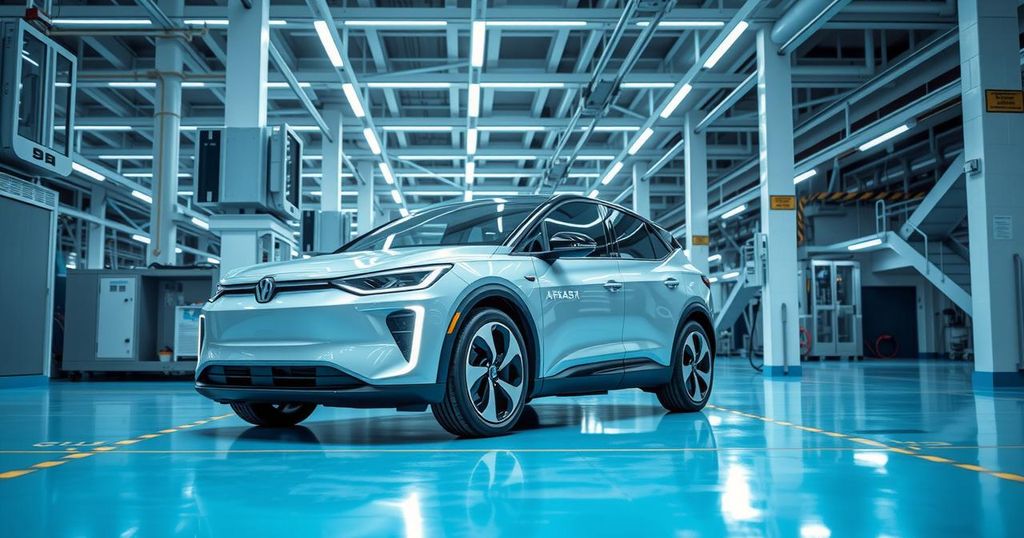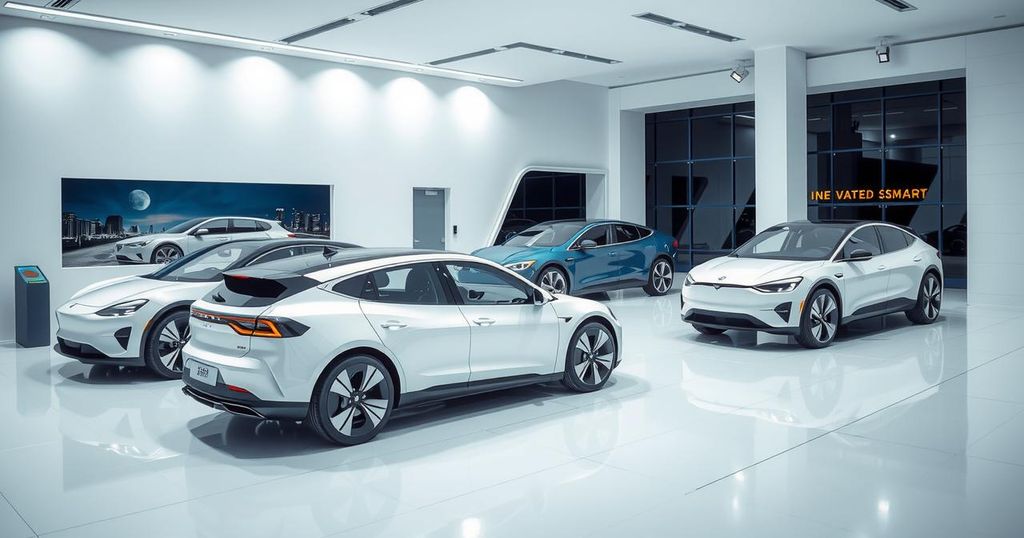Chinese Automakers Shift Focus to Malaysia for Tariff-Friendly Opportunities
Chinese automakers are targeting Malaysia for expansion due to high tariffs in the US and Europe. This shift may bring increased imports of competitively priced vehicles, offering consumers affordable options and advanced EV technology. The competition is intensifying as companies like BYD and Chery challenge established brands, impacting Malaysia’s automotive sector amid broader trade dynamics in Southeast Asia.
Chinese automakers are increasingly eyeing Malaysia as a potential target for expanding their presence in tariff-friendly regions such as Southeast Asia. The shift follows the imposition of high tariffs in markets like the United States and Europe, potentially leading to increased imports of Chinese vehicles and parts in Malaysia at competitive prices. Such a development could offer consumers more affordable vehicle options and advanced electric vehicle (EV) technology while intensifying competition for both domestic and international brands operating in Malaysia.
Several Chinese companies, including BYD and Chery, are already making significant strides in the Malaysian automotive market, challenging Japanese, South Korean, and European brands. Although Malaysia is not directly affected by US tariffs, it may still encounter indirect repercussions, such as heightened operational costs and currency volatility that could impact the automotive sector’s growth.
The transition of Chinese automotive manufacturers to Southeast Asia reflects established manufacturing trends seen in various sectors over the years. For instance, SAIC Motor, with its MG brand, has successfully established a factory in Thailand, yielding impressive results as it overtook Suzuki within nine months of entry. Similarly, manufacturers like BYD and Chery are rapidly capturing market share in Malaysia, with Chery emerging as the third best-selling non-national brand in just 18 months. The joint venture of BAIC-Amber in Malaysia further exemplifies this trend, with plans to produce thousands of EVs in the near future.
Southeast Asian countries, particularly Thailand and Malaysia, compete to become regional electric vehicle manufacturing hubs for a collective market of approximately 550 million people. However, both nations are grappling with the challenge of attracting Chinese manufacturing investments while simultaneously shielding their domestic automakers from the risk of being overwhelmed by incoming imports. Malaysia’s Perodua remains competitive by offering affordable prices and high local content, providing a buffer against currency fluctuations and import cost variations.
The market for electric vehicles is rapidly evolving, as Chinese EV makers dominate Southeast Asia, accounting for 75% of EV sales in the region during the first quarter of 2024. This competitive landscape is reflected in the declining sales figures for non-national automakers in Malaysia, which experienced a 2.3% decrease despite an overall market growth of 20.6% in the same year. Furthermore, Indonesia’s recent introduction of a $5,000 subsidy for electric car purchases illustrates the regulatory efforts by Southeast Asian nations to shape their automotive markets strategically.
The ongoing trade tensions between the United States and China have resulted in Southeast Asia being positioned as an alternative manufacturing hub as firms aim to diversify supply chains. Trade between China and Southeast Asia has surged dramatically, creating significant economic ties. Experts warn that redirected Chinese products could significantly impact local economies, particularly if a large portion of materials used in various sectors becomes subject to tariffs. The engagement of Xi Jinping with regional leaders and projects, such as an $8.3 billion railway in Vietnam, highlights China’s emphasis on these areas amidst the ongoing trade challenges.
The automotive sector is acutely affected by these dynamics, with Chinese EV manufacturers increasingly expanding into Southeast Asian markets as a response to barriers in the United States. ASEAN countries are working towards intra-regional cooperation to tackle these complex trade issues, aiming to take full advantage of the manufacturing movements while mitigating economic disruptions.
In conclusion, Chinese automakers are leaning toward Malaysia and Southeast Asia due to favorable tariff conditions and high competition in other major markets. This strategic shift holds the promise of enhancing the market for affordable and advanced electric vehicles while posing new challenges for local and international brands. Both Malaysia and Thailand are striving to balance attractive investment opportunities with the protection of domestic automotive industries, with the backdrop of evolving geopolitical trade environments playing a significant role in shaping regional automotive dynamics.
Original Source: www.techinasia.com




Post Comment